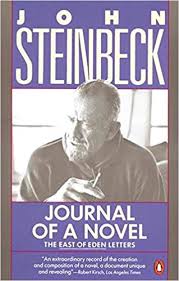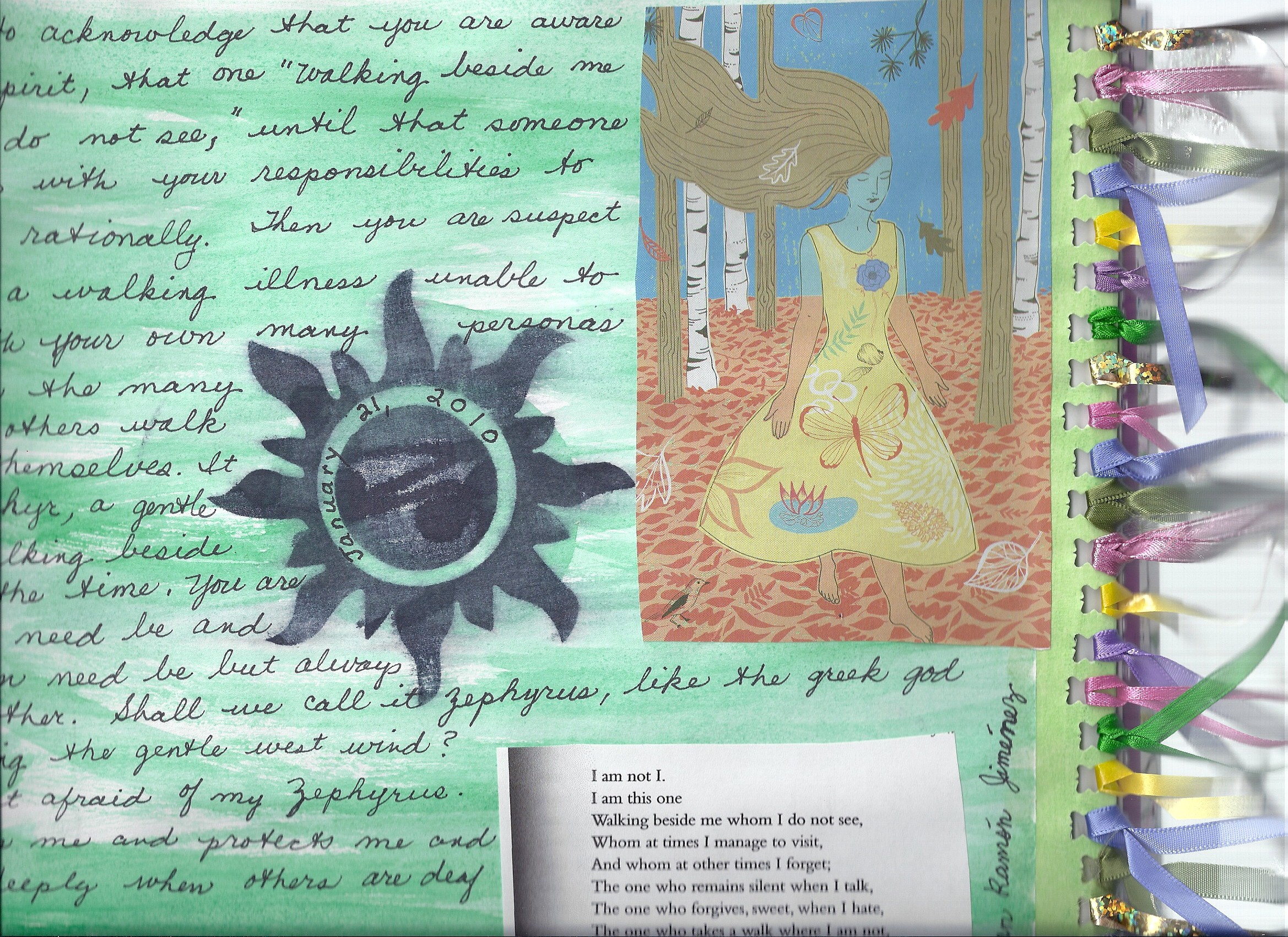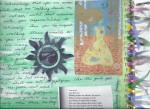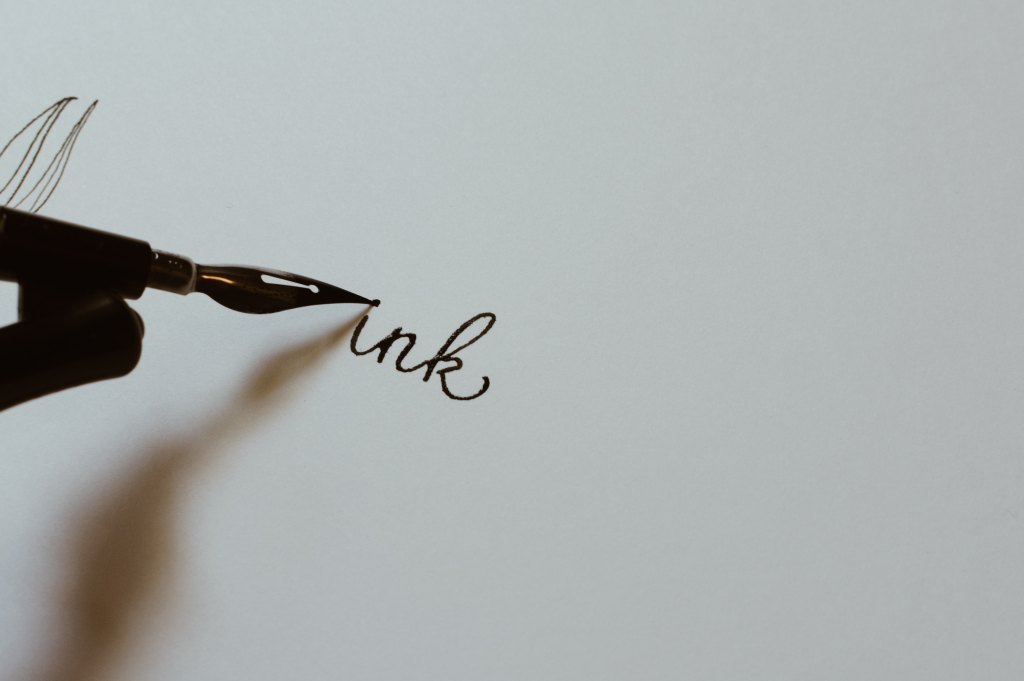
Wednesday, September 29, 2021
From the Joy desk
Hi, sweet reader!
This is our moment. Yours and mine. And as my fifth-grade teacher, Mrs. Mary Young, was very fond of repeating, “You can’t get this moment back, so don’t waste it.”
Many years later, I think about Mrs. Young using this call-to-action to teach eleven-year-olds the value of time. I believed and followed everything Mrs. Young said. She was the first teacher to encourage my writing and tell me that I could and should follow the path of a writer. Even though she knew that I was the heir apparent to my mother’s thriving ballet school, (Mrs. Young’s granddaughter took ballet from my mother,) Mrs. Young let me know that I was a writer. She was also the first person to impress the importance and meaning of a deadline. She is why I became a writer, got a journalism degree, and have pursued the craft and publishing for fifty (yep) years.
The point of this vignette is that everyone must have a champion, someone who sees their potential and supports them in every way, even when the going is tough, and the champion falls off the horse. Who is that person for you? Who first voiced, “You can do this” convincingly enough to motivate you to pursue it? This person is due your thanks.
I often thank Mrs. Young in my journal and sometimes I complain to her that being an author isn’t a piece of cake. Those are the moments when I’ve fallen off the horse and am looking up from the dirt searching for someone to blame. That’s when the query letter doesn’t hit the mark. When a reviewer says something less than adoring (they’re allowed, but it still stings.) Simply dumping my frustrations into the journal helps clear away the doubt, and I’m able to remind myself that writing and teaching it is what I do. I get up, dust off my cheeks, get back into the office chair, and start typing or researching or whatever again. It’s what I do.
I write, publish, and teach to reach out, to connect with other people. Thanks to Mrs. Young, I have the belief (not always the confidence because I’m just human) that my words and ideas may help someone else.
This support notion applies to everything, every field, and every person. Who first pointed out that you make a fabulous fill-in-the-blank and drove you to be better at it? Send this wonderful soul an unsent letter of thanks by writing to them in your journal. Unsend the letter. Keep it in your journal, unless you want to send it in some way-message in a bottle, email, snail mail. It’s all good.
All good things,
Joy
Women with clean houses do not have finished books.
If you’d like to receive a free download YOGA FOR WRITERS exercise routine click the link below to sign-up for my newsletter.
https://artisanal-musician-5007.ck.page/016aec7954
https://artisanal-musician-5007.ck.page/016aec7954

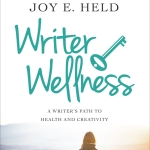 The idea for my book and workshop Writer Wellness: A Writer’s Path to Health and Creativity
The idea for my book and workshop Writer Wellness: A Writer’s Path to Health and Creativity 
